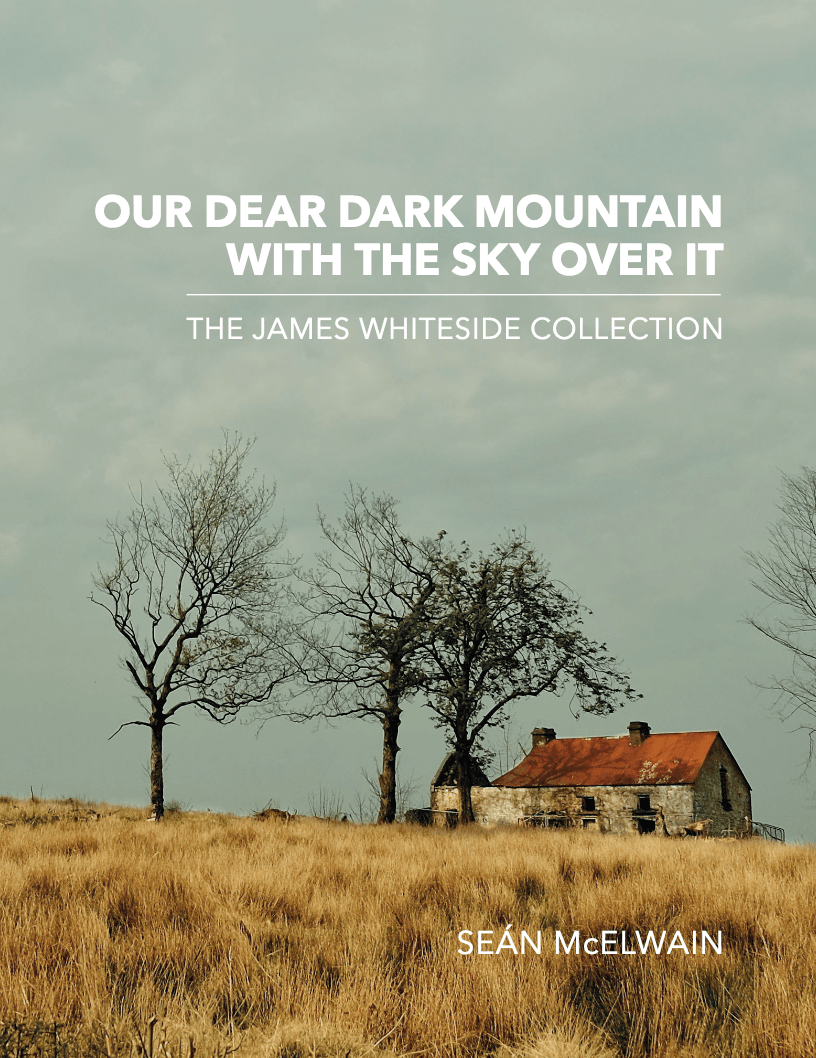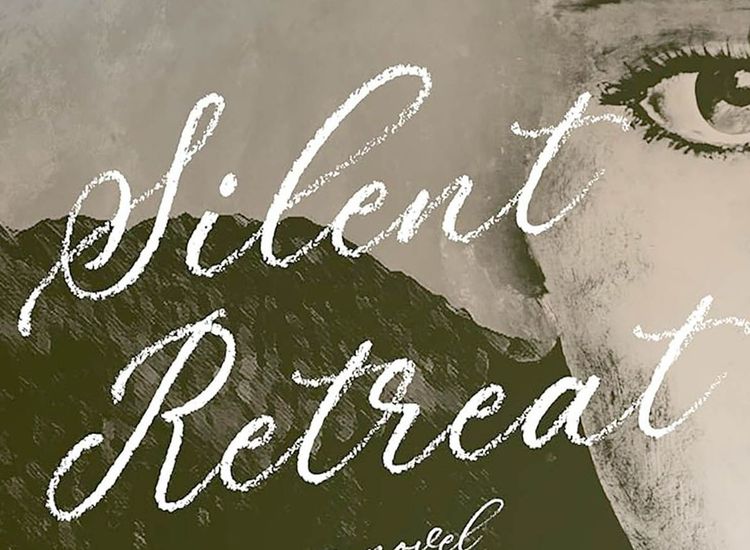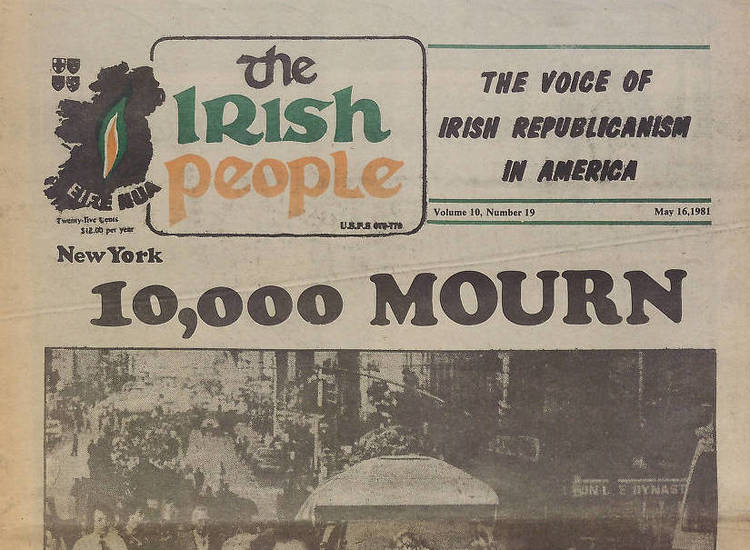Lots to congratulate folks for this week! We start with the friends and family of the great musician and scholar Mick Moloney, who last week was awarded a posthumous honorary doctorate from the University of Limerick. Reports were that it was a dignified and grand affair that included a performance by UL students, a poem read by Vincent Woods and a special performance by Louise, Michelle, and Mick Mulcahy, who were close friends. Moloney, who earned a Ph.D. at University of Pennsylvania in Folklore and Folklife in 1992 and was a beloved performer for over 50 years and a hugely influential figure in Irish traditional music and this recognition is wonderful way to honor his legacy.
In addition, earlier that same day UL hosted TG4’s announcement of the 2024 crop of Graham Ceoil awardees. The individuals that will be recognized this year are Derek Hickey (Gradam Ceoil/Musician Award), Eoghan Ó Ceannabháin (Amhránaí/Singer Award), Macdara Ó Faoláin (Ceoltóir Óg/Young Musician Award), Jean Butler (Gradam Saoil/Lifetime Achievement award), Ryan Molloy (Cumadóir/Composer Award), Liz and Yvonne Kane (Grúpa Ceoil/Music Group Award), and Cairdeas na bhFidiléirí (Gradam Comaoine/Outstanding Contribution Award). Special congratulations to Butler, a New Yorker, whose remarkable international run of artistic achievement has inspired many over the years. The Gradam Ceoil induction concert will take place May 5 at the University Concert Hall in Limerick.
Concertina players take note! Legendary musician Noel Hill will hold a “Concertina School” at McGrath’s in East Durham, N.Y., July 28 – Aug. 2. This is a special opportunity to study with one of Irish music’s historical greats. For more information, contact noelhill.eastcoast@gmail.com.
In other news: this week I’ve been reading “Our Dear Dark Mountain With the Sky Over It: The James Whiteside Collection,” the recent publication from bouzouki player, guitarist, banjoist and scholar Seán McElwain. A beautifully presented hardbound publication, it is an outgrowth of McElwain’s 2014 album “Our Dear Dark Mountain With The Sky Over It: Irish Traditional Music From the Sliabh Beagh Region of North Monaghan/East Fermanagh,” for which the Whiteside collection was a major source. That album, which won a TG4 Gradam Ceoil award in 2016, was a wonderfully executed project that explored a region in Ireland whose music is often overlooked and this book, which is a suitably high quality companion piece, is worthy of the attention of traditional musicians everywhere.
McElwain’s book is divided into four chapters. The first, “Sliabh Beagh,” briefly explores the history of the region, the particular connectedness of Monaghan and Fermanagh through Sliabh Beagh, and includes a description of how the 1921 Anglo-Irish Treaty affected this and in turn the area’s cultural identity.
“Regional Musical Heritage,” the book’s second chapter, explores music making in the Sliabh Beagh region in historical perspective. In it, he pays attention to the work of writer and piper Eamon Murray, who from 1933-1942 wrote a newspaper column called “The Mountain Lark” that looked at the region’s cultural traditions and was a buttress against Murray’s warning that the nefarious influence of radio would not only lead to the waning practice of traditional music, but to “all our beautiful old beliefs and customs [passing into oblivion].” The chapter also includes brief mention of fiddler Owen Connolly (1880-1950), who was considered Sliabh Beagh’s leading musician at the beginning of the 20th century.
Chapter three, “James Whiteside,” profiles the collector himself. We learn about his family and upbringing in Knocktallon, Co. Monaghan and his early work as a school teacher in Clones and Knocktallon. Here, too, we learn of his relocation to Bray, Co. Wicklow, his activities as musician, composer and collector, and his contacts with the great tune collectors Patrick Weston Joyce and Francis O’Neill, the latter of whom profiled Whiteside in his 1913 book “Irish Minstrels and Musicians.”
“The Whiteside Collection,” the fourth and final chapter, is by far the book’s longest. After a brief description of its contents and description of McElwain’s editorial considerations, are nearly 200 tunes (including a few songs) that showcase the musical identity of the Sliabh Beagh region over generations. Most of these tunes come from Whiteside’s own manuscript collection, but the section also includes tunes that appear in P.W. Joyce’s manuscripts, some that appear in O’Neill’s 1922 publication “Waifs and Strays of Gaelic Melody,” and a few sets of lyrics attributed to Whiteside that come from Eamon Murray’s notebooks.
“The James Whiteside Collection” is a superb publication. McElwain’s careful, respectful research has done something special not just for the music of Sliabh Beagh, but also for its cultural identity. His presentation, which includes smart graphic design, outstanding photography and well-used archival images, enrich both the story he’s telling and the work of Whiteside himself. In content, I’m reminded of published manuscript collections like those of Canon James Goodman and William Forde, both of which raise the veil on music of the past in important ways. This is an excellent collection and one that should attract the attention of musicians and scholars alike.For more information about the book (and while you’re there, McElwain’s 2014 companion album), visit https://oddm.ie/.









